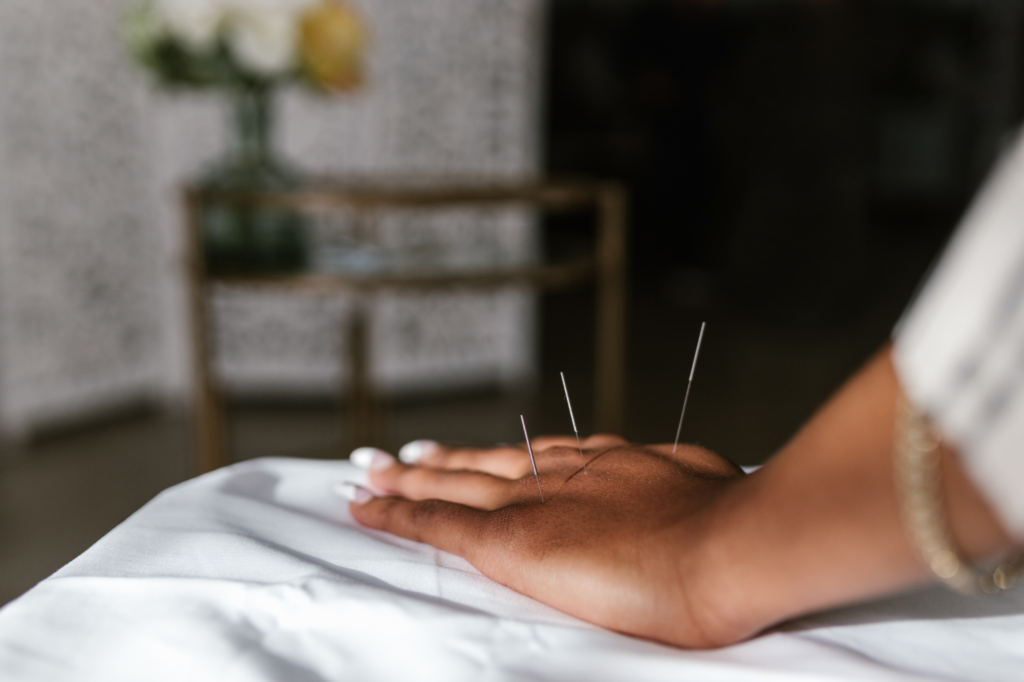Acupuncture works to remove energetic blockages and functional obstructions that cause pain, discomfort and disease. The goal is to return the body-mind to balance and harmony. This superior natural Medicine heals without side effects.
Acupuncture works to remove energetic blockages and functional obstructions that cause pain, discomfort and disease. The goal is to return the body-mind to balance and harmony. This superior natural Medicine heals without side effects.

We serve patients from across Dallas and Austin, including Highland Park, University Park, McKinney, Frisco, The Colony, Lewisville, Flower Mound, Grapevine, Coppell, Carrollton, Irving, Grand Prairie, Arlington, Plano, Allen, Richardson, Wylie, Lucas, Murphy, Garland, Mesquite, Rowlett, Rockwall and more.
Receive updates, free tips, information on oriental medicine and more.